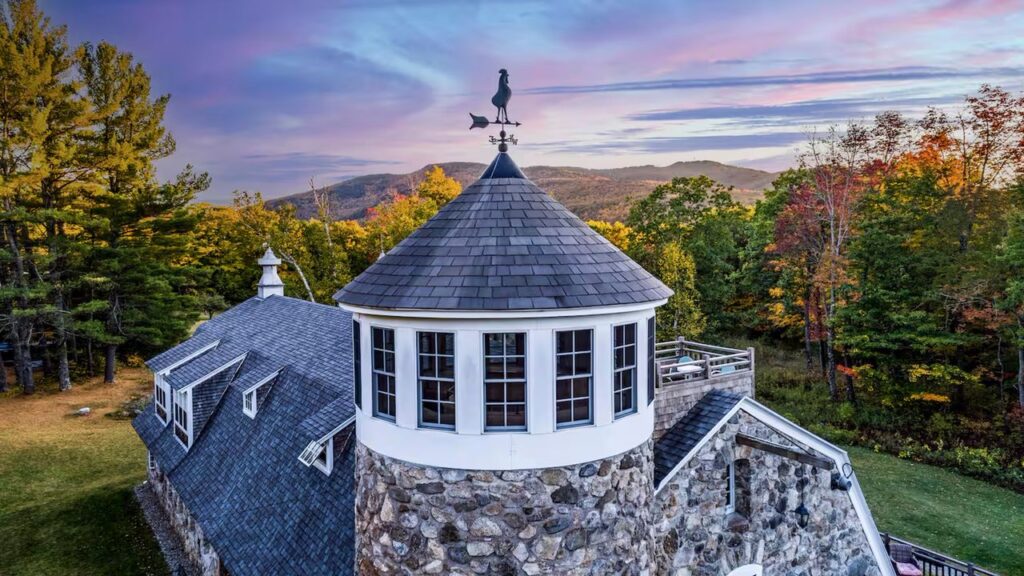The Toronto International Film Festival, or TIFF, is one of the biggest movie events each year. In 2025, it hit a special milestone. For the first time, a record number of films made by Indigenous people in Canada are showing. This is a big win for artists who feel left out for too long. They say it’s time their stories get heard. Sold-out screenings show fans are ready for more. This year, TIFF features two short films and eight full-length ones by Indigenous directors. It’s a sign of change in the movie world. Let’s look at why this matters, who is behind these films, and what it means for the future.
1. A Long-Awaited Spotlight on Indigenous Stories
Indigenous filmmakers in Canada have fought hard to get noticed. For years, their voices were pushed aside. Studios often asked them to change key parts of their work, like race or identity. Now, at TIFF 2025, things are different. The festival has more Indigenous films than ever. This includes stories about culture, history, and joy.
Kelly Boutsalis helps pick Canadian films for TIFF. She is Mohawk from the Six Nations of the Grand River reserve. Boutsalis says the lineup feels strong and full of life. “It feels really good for the state of Indigenous film, that it can be this robust,” she said. They chose the best ones, but there are many more out there. This record sets a new bar for future years.
The Indigenous Screen Office played a big role. This group fights for funding and support for Indigenous movies and TV. They backed all eight feature films at the festival. It’s proof that money and help can make dreams real.
2. Bretten Hannam’s Journey: From Struggle to Screen
One star of this year’s TIFF is Bretten Hannam. They are a L’nu filmmaker from Nova Scotia. Hannam is “two-spirit,” a term for Indigenous people who embrace male, female, and non-binary ways of gender and sexuality. About 15 years ago, Hannam faced tough times. People in the industry wanted them to whitewash characters or tone down queer themes.
“It’s been a long journey, a long struggle,” Hannam said in an interview. But now, their film “Sk+te’kmujue’katik (At the Place of Ghosts)” is a hit. It follows two brothers on a quest to honor spirits from their past. The story dives into Mi’kmaw culture and the dark side of colonial history on Canada’s east coast. Fans love it, and screenings sold out fast.
Hannam hopes this keeps going. “Our voices have always been there, and people just haven’t been listening. And now there is space for that,” they said. Their work shows how personal stories can heal old wounds and teach others.
3. Celebrating Métis Culture in “Blood Lines”
Another big film is “Blood Lines” by Gail Maurice. It stars Dana Solomon, an Anishinaabe from Sagkeeng First Nation in Manitoba. The movie tells a sweet story of lesbian love in Métis life. Métis people have a mix of Indigenous and European roots.
Solomon had to learn Michif for the role. This language is spoken by only about 1,100 people worldwide. It’s rare and precious. “Maybe young Métis people are going to be inspired to learn and speak it,” Solomon said. Her effort brings the tongue back to life on screen.
The film mixes romance with pride in heritage. It shows everyday joys, not just pain. Solomon’s performance has won praise. Viewers say it makes them feel connected to Indigenous worlds they didn’t know.
4. Joy and Fun in “Levers”: Breaking Stereotypes
Not all Indigenous films are heavy. “Levers” by Rhayne Vermette brings something fresh. It stars Val Vint, a 74-year-old Métis artist from Manitoba. In her community, she’s called “Deadly Auntie” for her fun spirit.
Vint says she’s tired of sad stories about Indigenous life. “I’m so tired of these films that are all about crying and sadness. Like, we have joy. And I think this expresses more of that,” she said. “Levers” is experimental. It plays with ideas and shows happy sides of culture.
At TIFF, Vint feels seen at last. “I think it’s long overdue,” she added. The festival honors Indigenous land and ways. For Vint, it’s a nod to elders like her who kept traditions alive.
5. Why This Record Number Matters for Filmmakers
These films do more than entertain. They fix old wrongs. Colonial history hurt Indigenous communities. Movies like these reclaim the narrative. They show strength, love, and laughter.
TIFF’s sold-out shows prove audiences want this. People from Canada and around the world line up. It builds buzz for wider releases. Plus, it pushes studios to greenlight more.
The Indigenous Screen Office says funding is key. With support, creators can tell true tales. Boutsalis hopes this inspires other festivals. Soon, Indigenous films could be everywhere.
6. Challenges Ahead and Reasons for Hope
The road isn’t easy. Many artists still face bias. Funding can be spotty. But TIFF 2025 shows progress. Young filmmakers watch and learn. They see role models like Hannam, Solomon, and Vint.
Hannam dreams of lasting change. “Now there is space for that,” they said. Solomon wants languages to thrive. Vint calls for more joy on screen. Together, they build a brighter future.
As TIFF wraps up, eyes turn to awards and deals. These films could win big. Or land on streaming services. Either way, Indigenous cinema is rising.
7. A Call to Action for Movie Lovers
If you’re a film fan, seek out these stories. Watch TIFF online or catch them later. Support Indigenous creators by sharing and talking. It helps their voices grow louder.
TIFF 2025 proves it’s not too late. The industry can listen and learn. With records like this, the future looks full of promise. Indigenous artists are here, ready to shine.






















